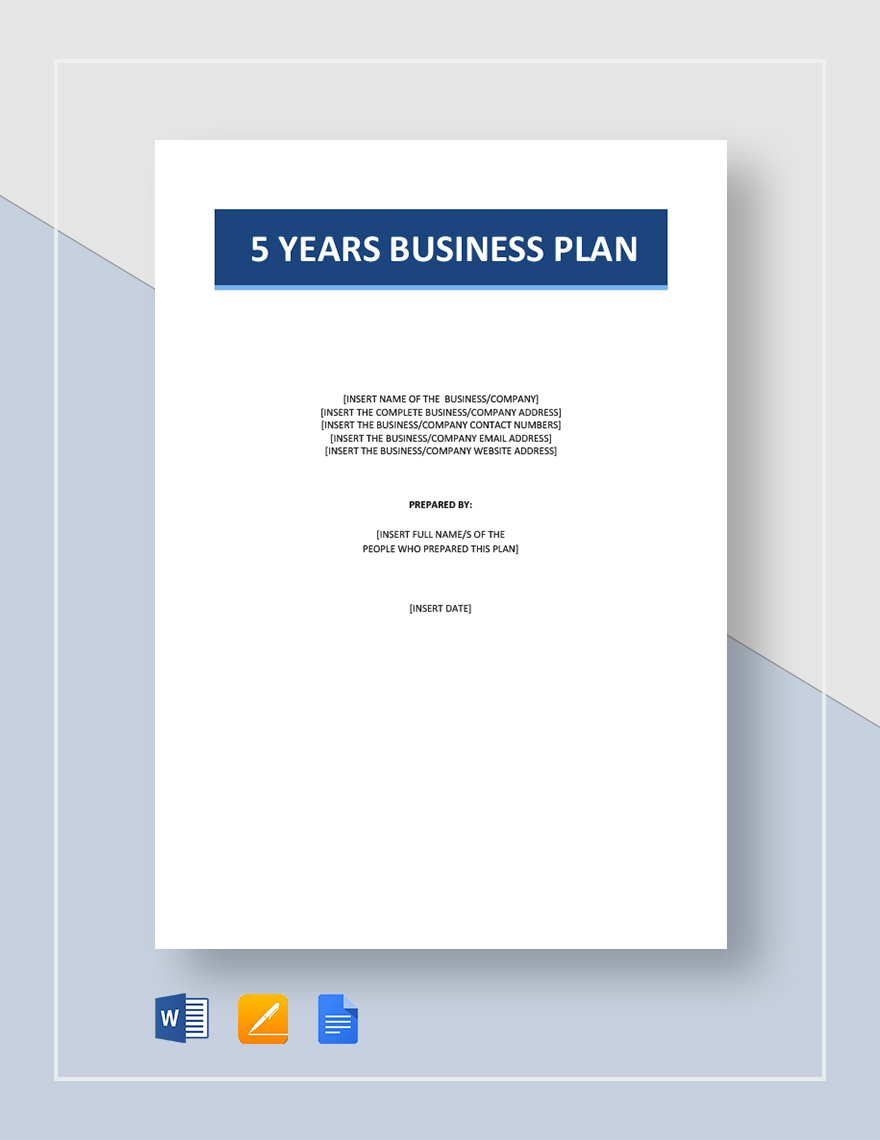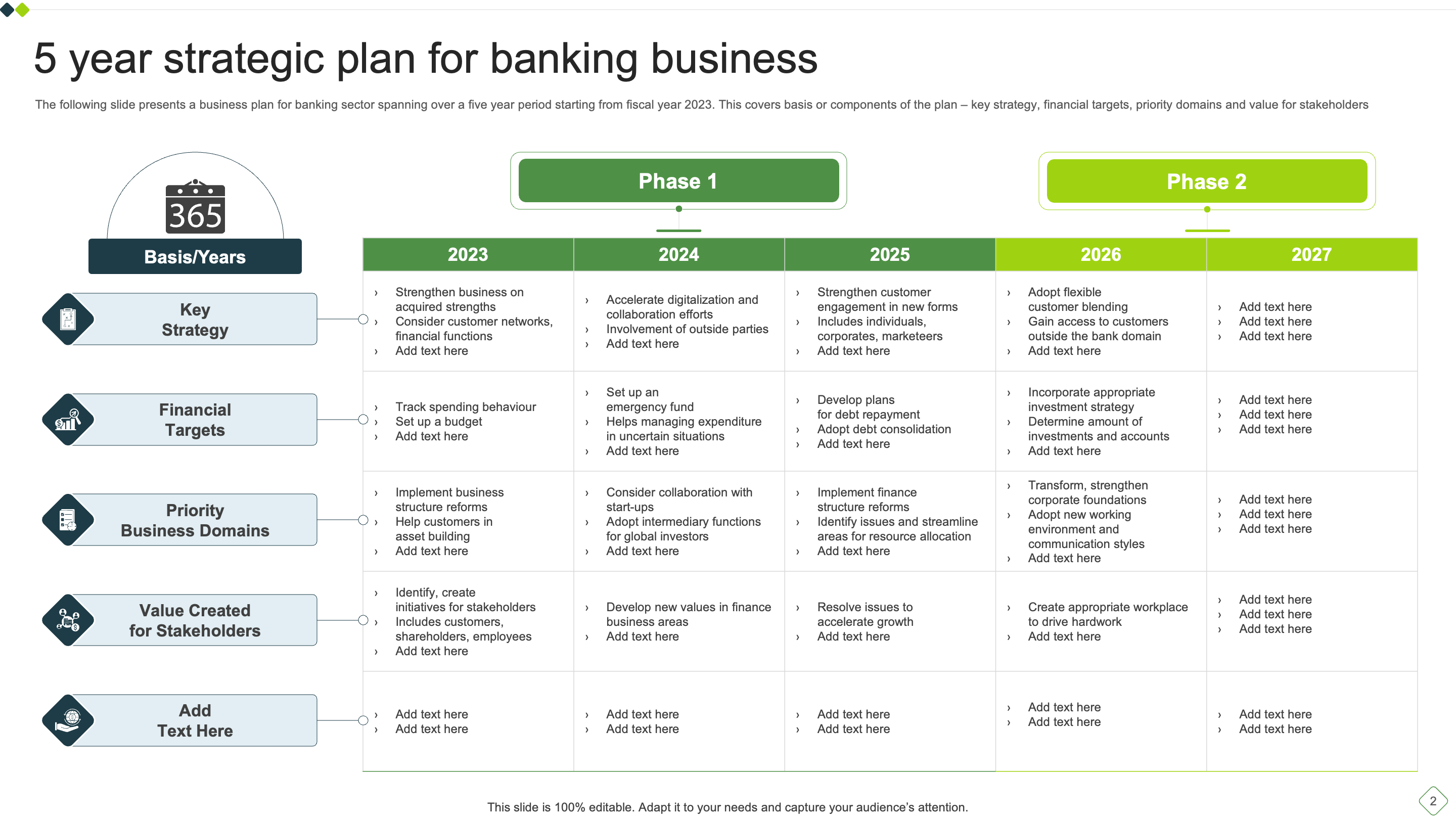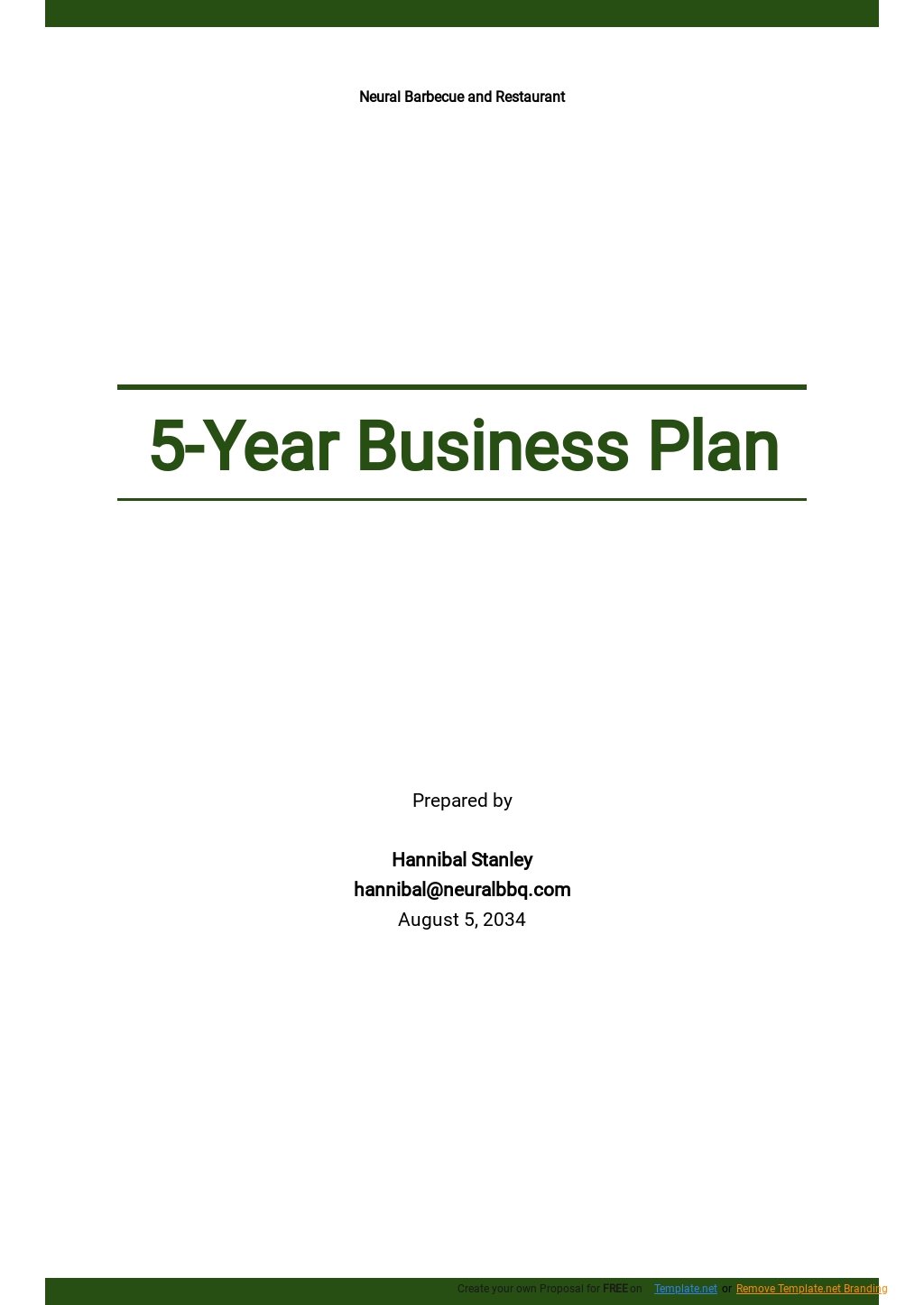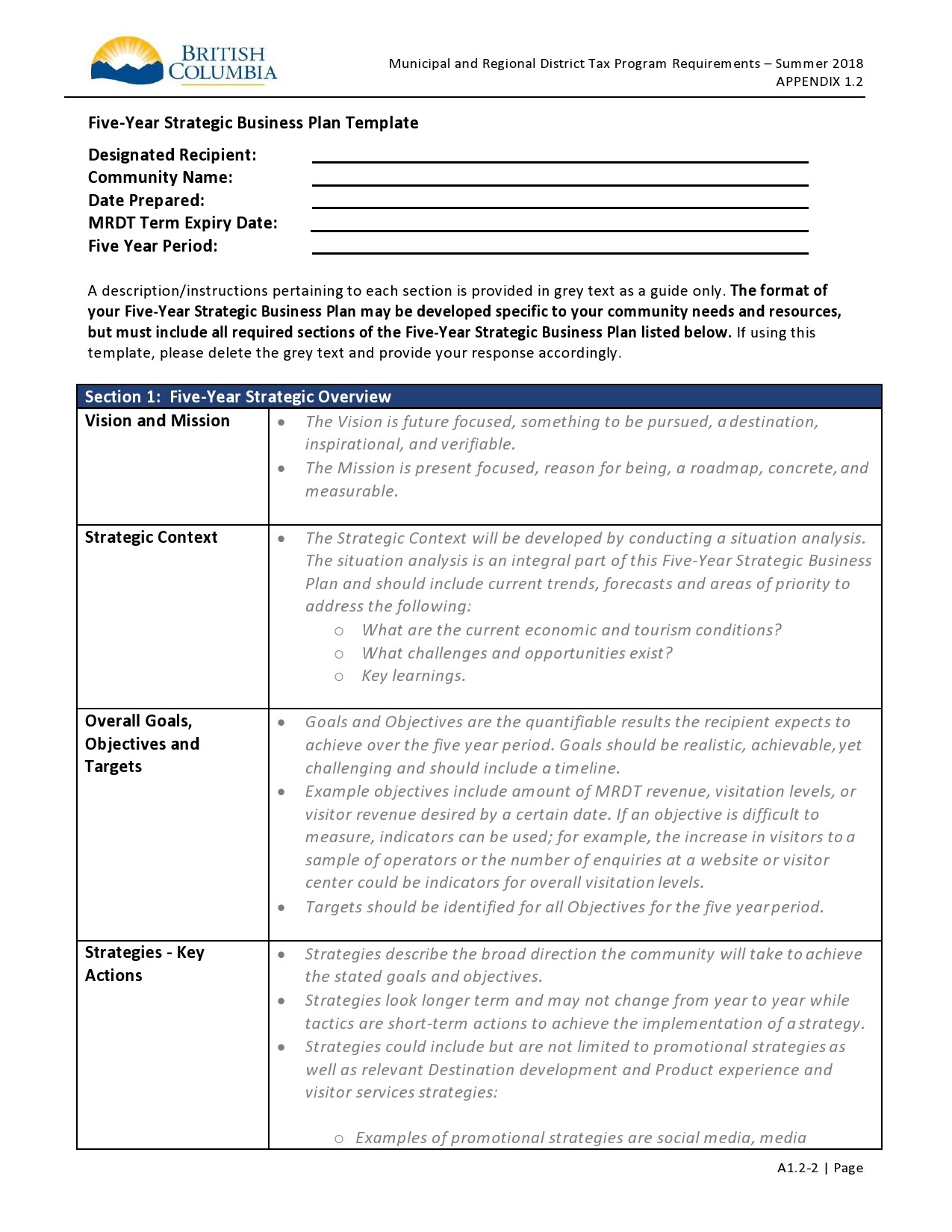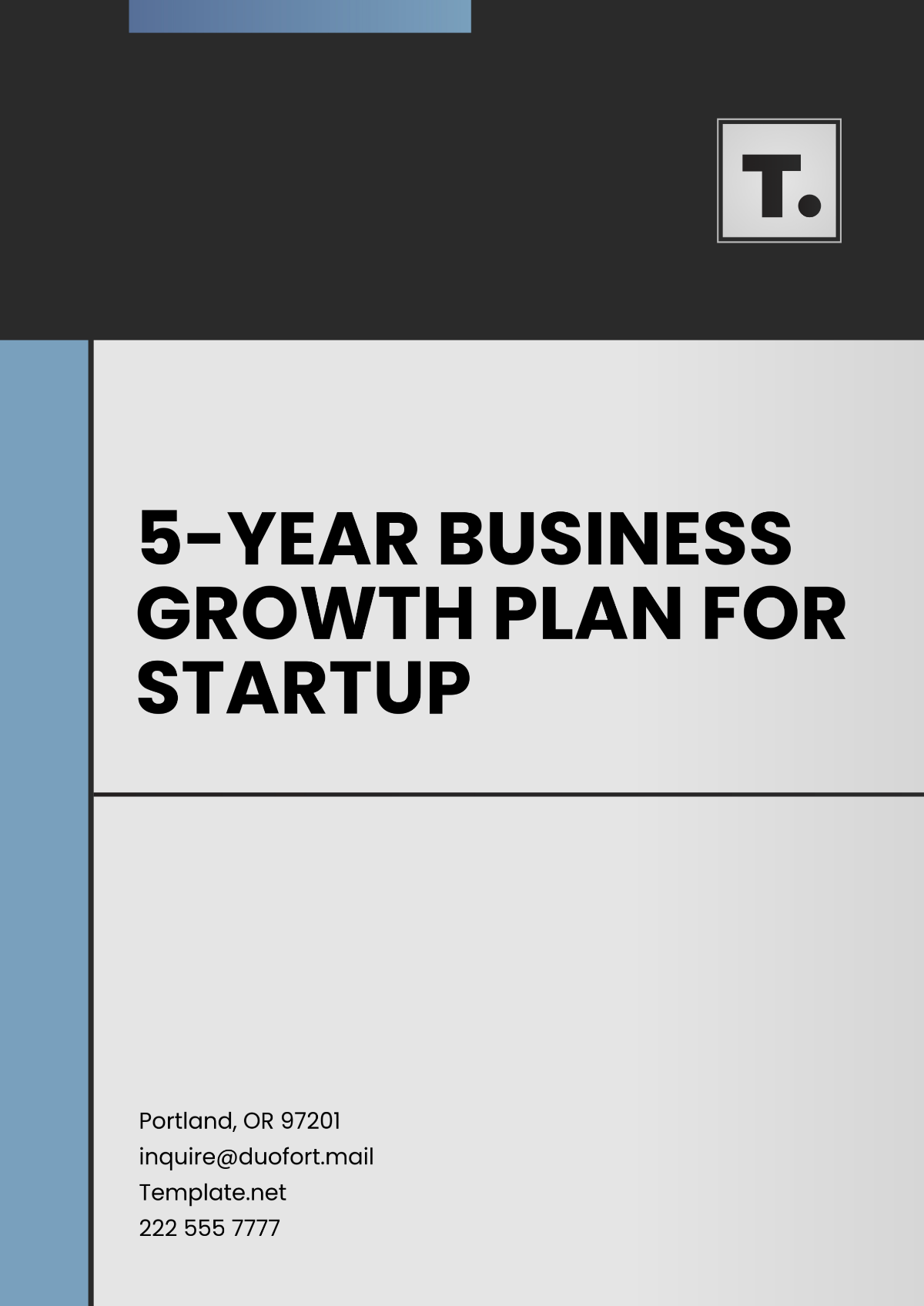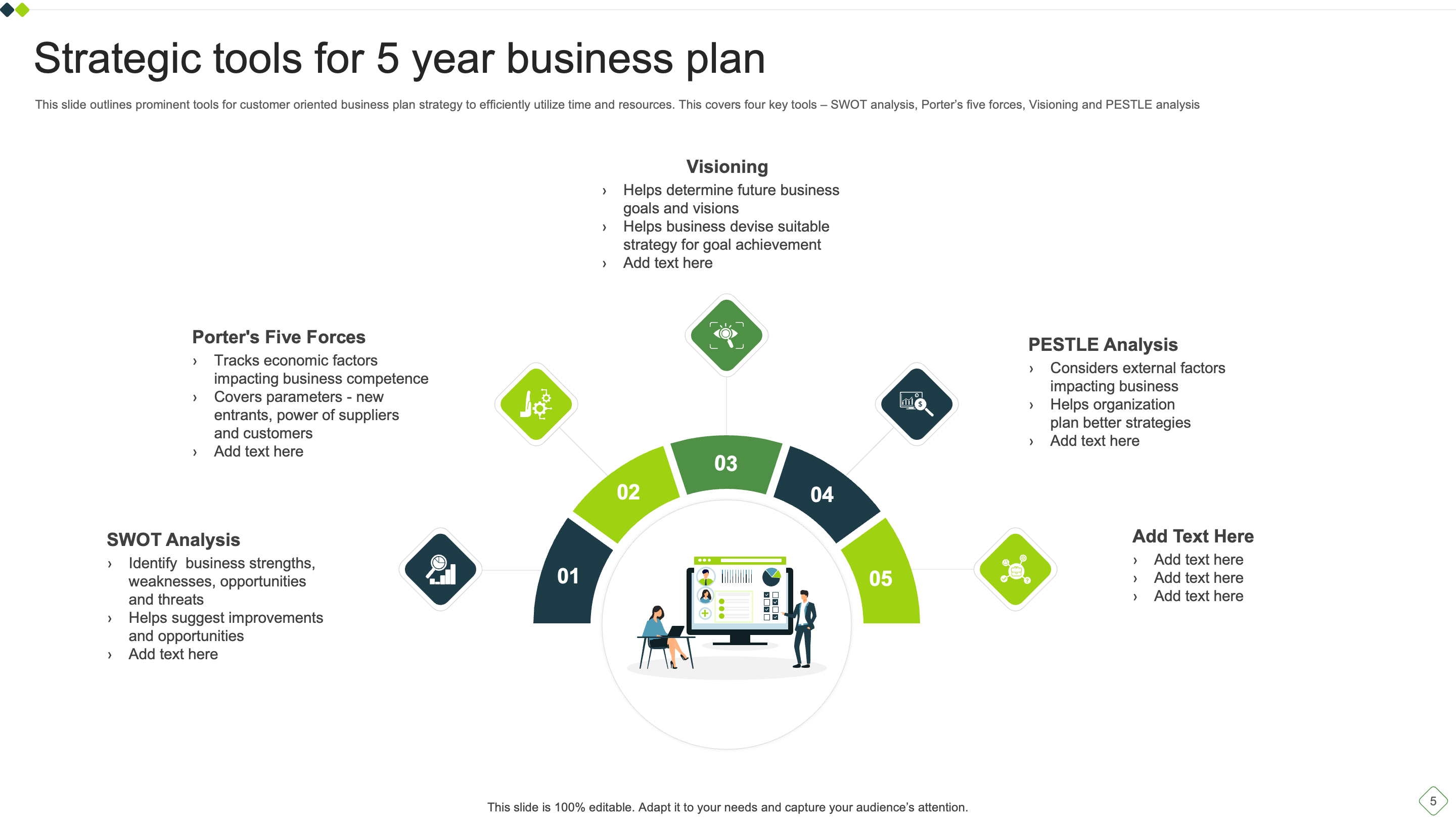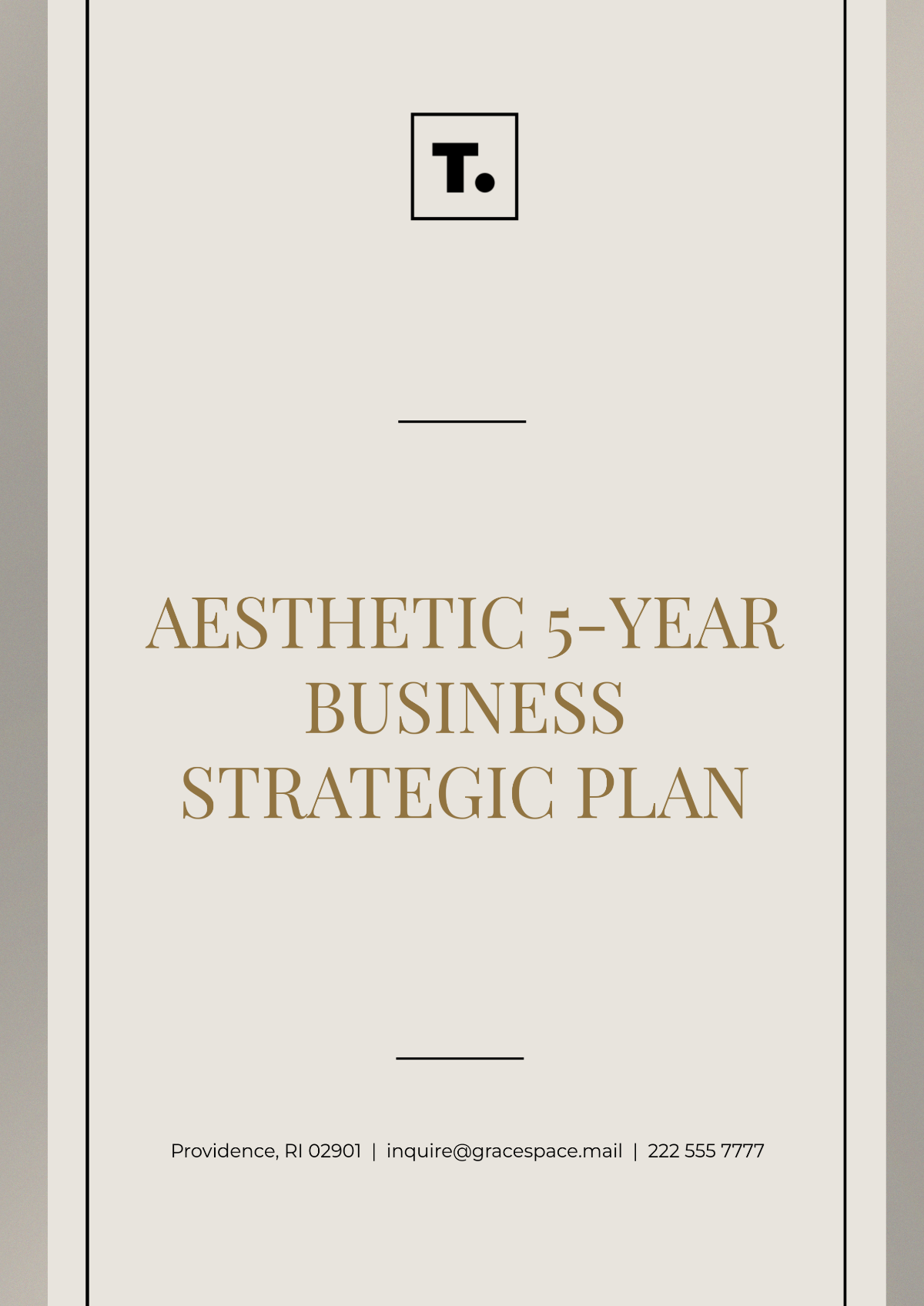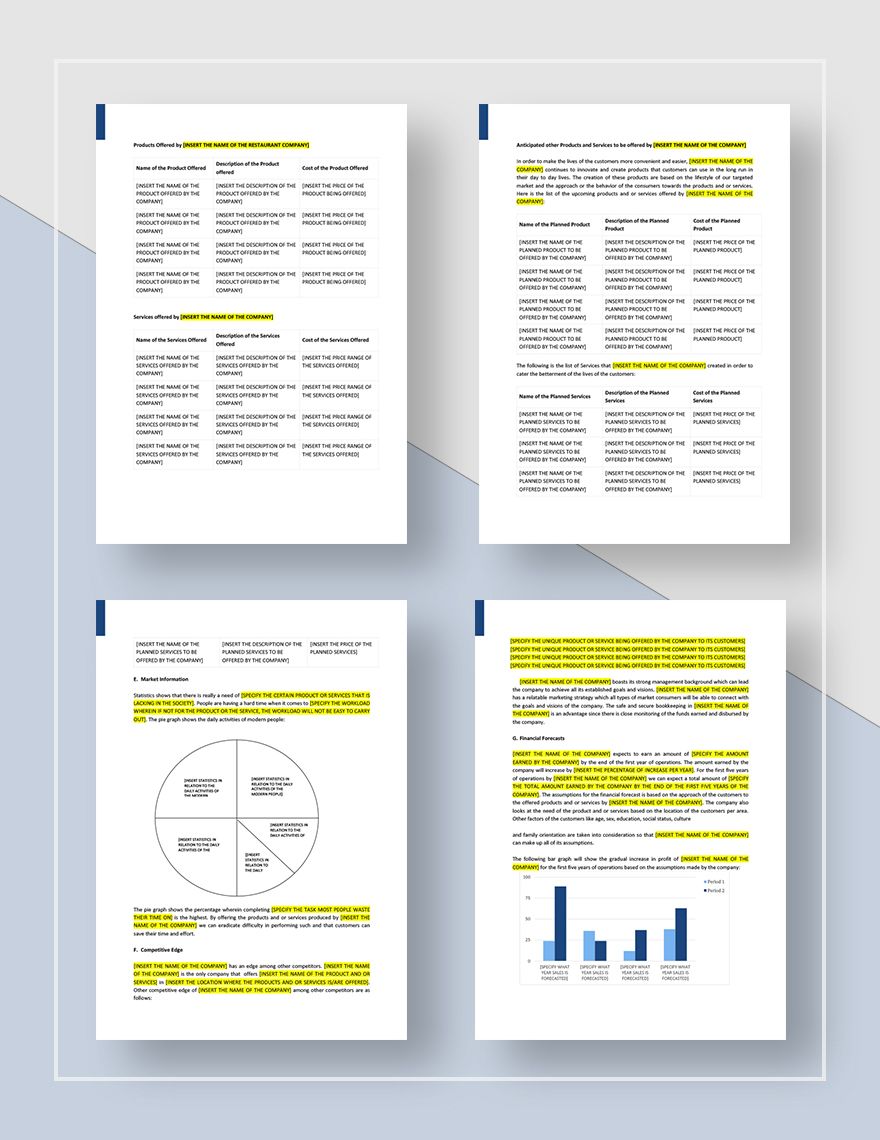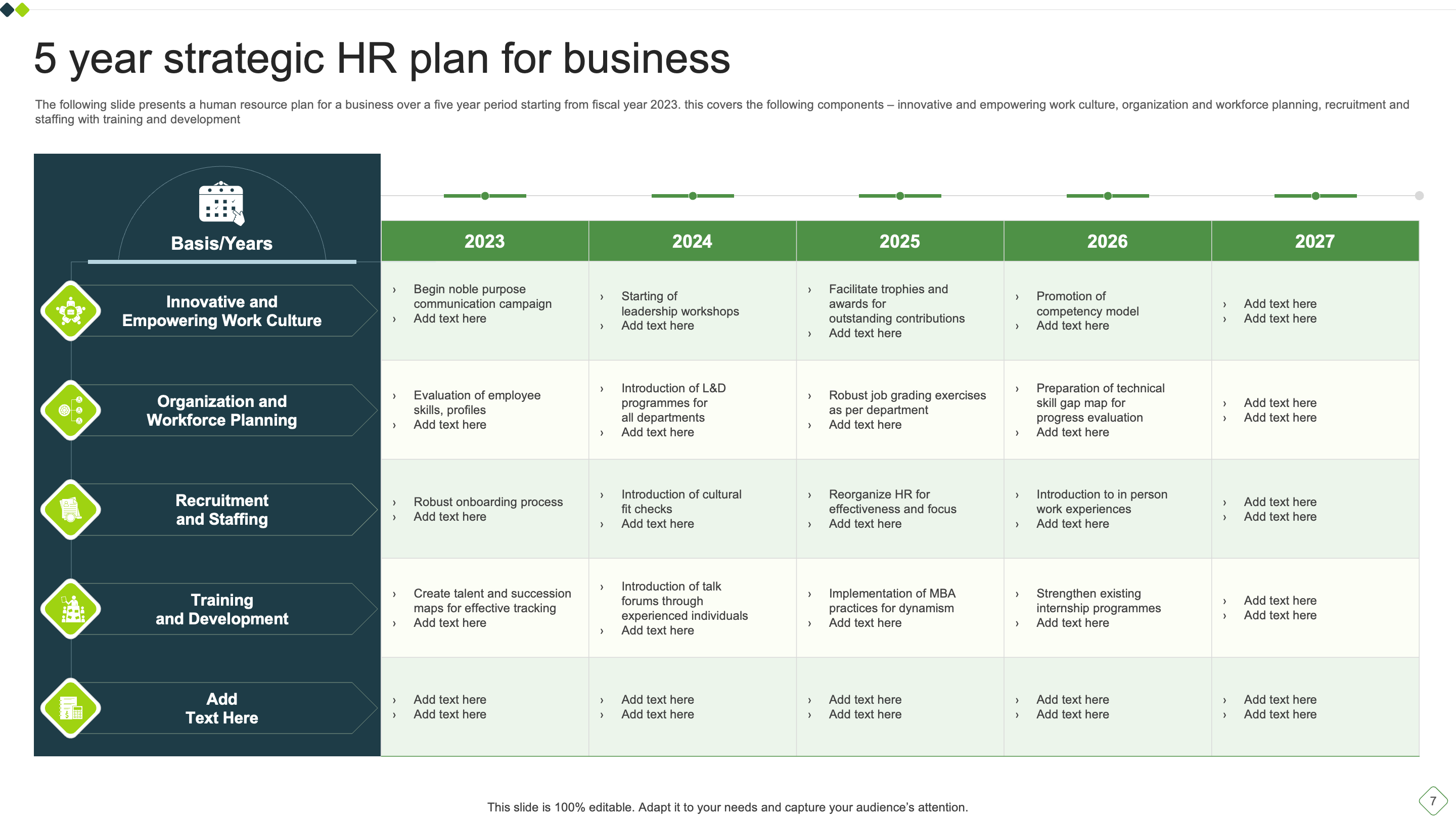Template For A 5 Year Business Plan
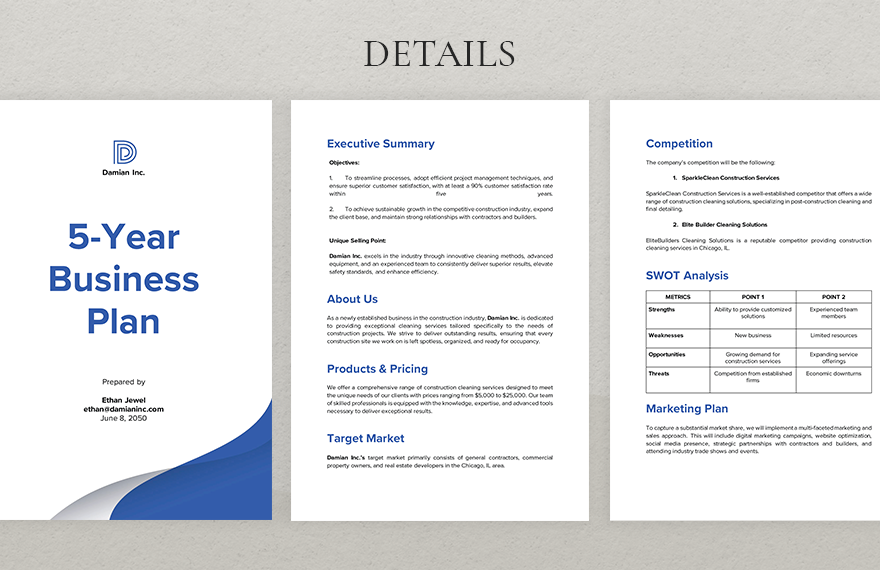
Entrepreneurs and small business owners seeking a structured approach to long-term planning are increasingly turning to standardized templates for 5-year business plans. These templates provide a framework for outlining goals, strategies, and financial projections, offering a potential roadmap to success in a competitive market.
The growing popularity of these templates reflects a broader trend towards data-driven decision-making and the need for businesses to demonstrate viability to potential investors and lenders. A well-structured business plan is often a critical requirement for securing funding and guiding operational decisions.
The Rise of Standardized Templates
The surge in demand for 5-year business plan templates can be attributed to several factors. Access to online resources has democratized business planning, making it easier for individuals with limited experience to create comprehensive documents. Furthermore, the increasing complexity of the business environment necessitates a more formalized and strategic approach.
Numerous platforms now offer both free and premium templates, catering to a wide range of industries and business models. These templates typically include sections for executive summary, company description, market analysis, organization and management, service or product line, marketing and sales strategy, funding request (if applicable), and financial projections.
Key Components of a 5-Year Business Plan Template
A typical 5-year business plan template begins with an executive summary. This section provides a concise overview of the entire plan, highlighting key goals, strategies, and financial forecasts.
The company description details the nature of the business, its mission statement, and its legal structure. It also covers the business's history, if applicable, and its competitive advantages.
Market analysis is a crucial section that examines the target market, identifies competitors, and assesses industry trends. This analysis informs the business's marketing and sales strategies.
Organization and management outlines the company's organizational structure and the roles and responsibilities of key personnel. This section also provides information about the management team's experience and expertise.
The service or product line section describes the goods or services offered by the business. It details their features, benefits, and pricing strategies.
Marketing and sales strategy outlines how the business will reach its target market and generate sales. This section includes details on marketing channels, advertising campaigns, and sales tactics.
If seeking funding, the funding request section specifies the amount of capital required and how it will be used. It also includes information about the proposed terms of the investment.
Financial projections are a critical component of any 5-year business plan. These projections include income statements, balance sheets, and cash flow statements, providing a detailed financial outlook for the business.
Benefits and Limitations
Using a template offers several advantages, including time savings, a structured approach, and a comprehensive framework. Templates can also help entrepreneurs identify potential weaknesses in their business plans and provide guidance on how to address them.
However, it is important to recognize the limitations of templates. A template is not a substitute for thorough research, critical thinking, and a deep understanding of the business. Moreover, simply filling in the blanks of a template without careful consideration can lead to a generic and ineffective business plan.
Businesses should tailor templates to their specific needs and circumstances. A customized business plan that reflects the unique aspects of the business is more likely to resonate with investors and lenders.
Expert advice from business consultants or mentors is also highly recommended. They can provide valuable insights and guidance on developing a robust and compelling business plan.
Impact on the Business Landscape
The proliferation of 5-year business plan templates has the potential to significantly impact the business landscape. By providing a standardized framework for planning, these templates can help more entrepreneurs start and grow successful businesses. This, in turn, can lead to job creation, economic growth, and innovation.
However, the widespread use of templates also raises concerns about standardization and the potential for a lack of originality. It is crucial for entrepreneurs to use templates as a starting point and to develop their own unique strategies and approaches.
Ultimately, the success of any business depends on the quality of its execution and the ability to adapt to changing market conditions. A well-crafted business plan, whether based on a template or not, is an essential tool for navigating the challenges of the business world.
